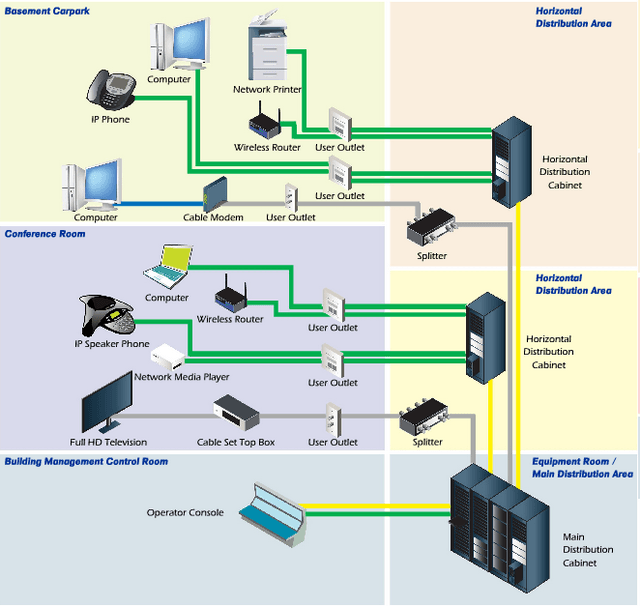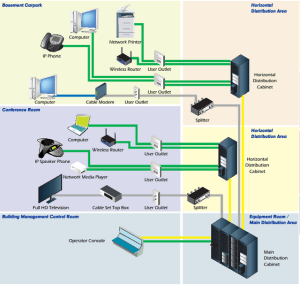
Security Aspects of Structured Cabling – Part 1
 Cabling system designed for the purpose of security have hardly changed the last decade and a half. Delivering video images and access control data to a control room utilizing standard transmission technology is basic and familiar. What has recently changed is the transition to IP-based security products and the rapid increase in business applications, resulting in end-users expecting a greater video, audio, and data integration. All of these items require delivery over one standardized structured cable system.
Cabling system designed for the purpose of security have hardly changed the last decade and a half. Delivering video images and access control data to a control room utilizing standard transmission technology is basic and familiar. What has recently changed is the transition to IP-based security products and the rapid increase in business applications, resulting in end-users expecting a greater video, audio, and data integration. All of these items require delivery over one standardized structured cable system.
As opposed to traditional video and access control systems, voice and data communications cabling systems have had numerous transformations. Functioning on structured cable systems, data networks have shifted from the pioneering 1980s proprietary cabling to standards-based cabling using optical fiber and balanced twisted pair. This has resulted in greater transmission speeds and significantly increased network bandwidth. These two elements allow a security installer to achieve integration that is demanded by clients for CCTV, access control, and other applications. Through the adoption of standardized structured cabling, installers will be able to access new streams of revenue and provide tangible benefits to users by unifying all of their systems within one cabling infrastructure.
This change in the utilization and deployment of structured cabling systems was recognized by ANSI/TIA-862-B “Structured Cabling Infrastructure Standard for Intelligent Building Systems”, which was developed by the TIA TR-42.1 Commercial Building Cabling Subcommittee and released February 2016. This standard features the requirements of several standard and developing systems that are able to use the existing cabling of buildings. It also includes Distributed Building Services that do not utilize a building’s infrastructure cabling because of application, connector, historic, and topographic limitations.
A company’s network infrastructure is crucial in the distribution of information using electronic media, including CCTV, access control, data, and voice. Functioning over a structured cabling system, this distribution network is developed for the perpetual flow of data, featuring redundancy at the heart. Installed with centralized topology, this enabled the most facile sharing of resources achievable, along with the greatest flexibility and expandability possible.
Part 2 will cover Structured Cabling Benefits for Your Business.
Network Cabling
When work requires a unionized cabling group, call on Progressive Office Inc., for your commercial Cat5e/6/6a and fiber cabling projects. Specializing in cabling for data, voice, security and the latest WiFi and LiFi solutions. Phone: (202) 462-4290


 As previously discussed, the transition to IP-based security products and the rapid increase in business applications has resulted in end-users expecting greater video, audio, and data integration. These items require delivery over a standardized
As previously discussed, the transition to IP-based security products and the rapid increase in business applications has resulted in end-users expecting greater video, audio, and data integration. These items require delivery over a standardized 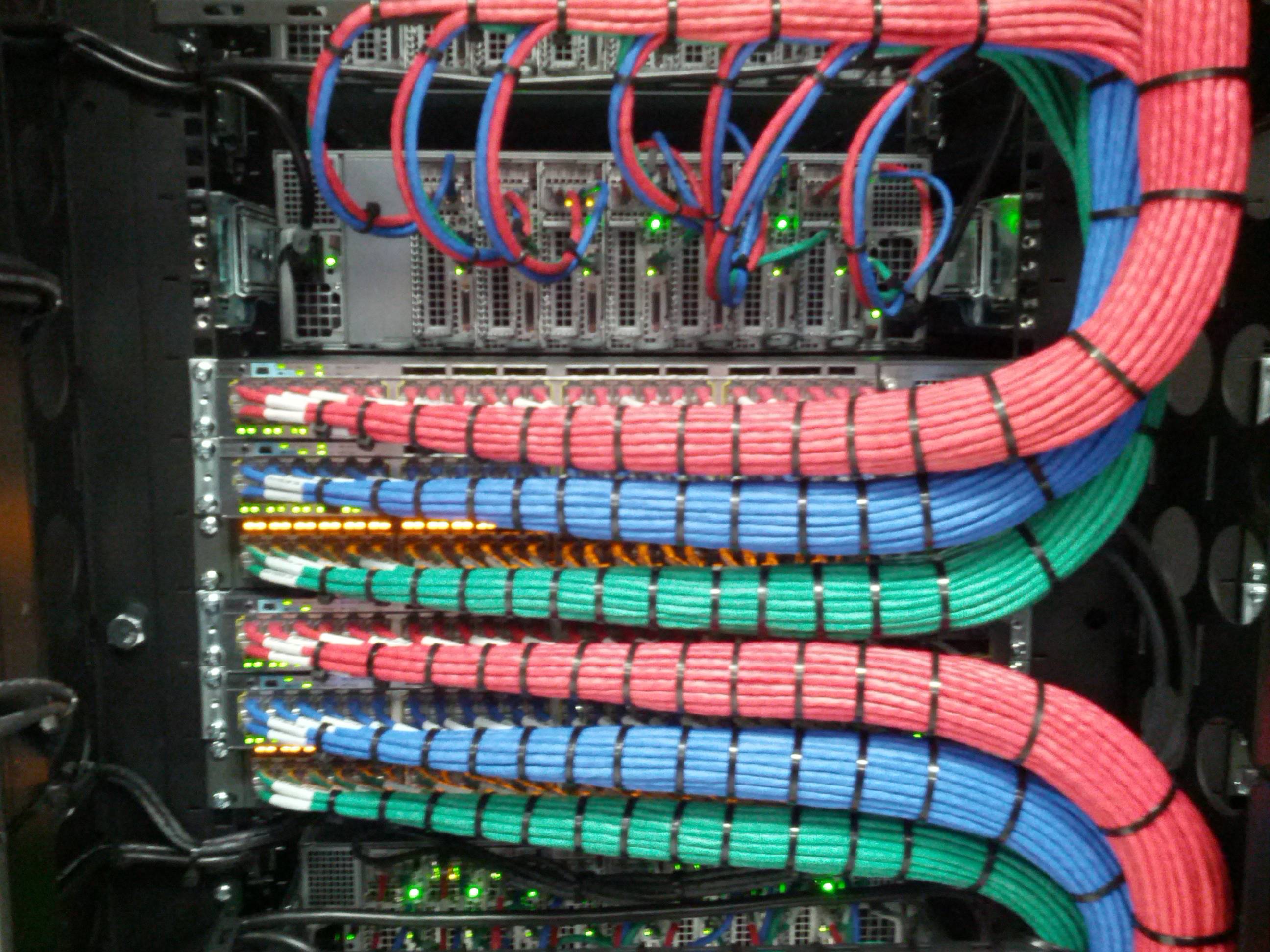
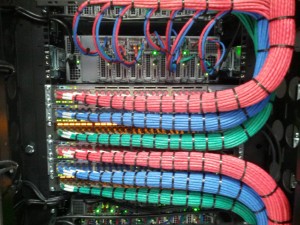 The structuring of cabling will result in better organization and easier management of the cables. If you are a building manager or business owner, you may already know a bit about
The structuring of cabling will result in better organization and easier management of the cables. If you are a building manager or business owner, you may already know a bit about 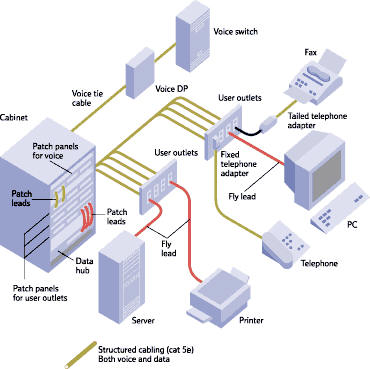
 It is known that
It is known that 